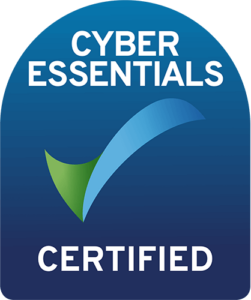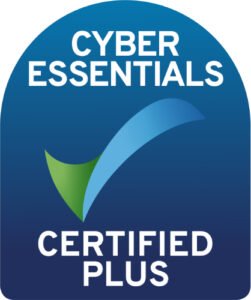Thinc insights
When undergoing a major tech overhaul, you've got to do things the right way
For many businesses, implementing new technology across the organisation is an essential, but often daunting, task.
For smaller companies, this may involve upgrading to a fully-fledged enterprise resource system (ERP) system to replace their outgrown sprawling collections of spreadsheets. Larger businesses may find themselves going through complete digital transformation as they move from outdated legacy systems to the modern tech they need to power future growth.
In both cases, the goal remains the same – moving away from systems that aren’t integrated and can lead to disconnected data and breakdowns between departments.
Whether you’re looking at a complete ERP overhaul or upgrading piecemeal software across departments, these best practices will help set your project up for success.
When faced with a major task like a tech overhaul, it can be tempting to jump right in and start to solve some of the issues being faced by your staff.
But first, it’s worth making sure that everyone’s aligned on the wider business goals that this project will help you accomplish. Identify the larger requirements before you zoom in on the little details.
It’s at this time you should be having open conversations about budget implications and the sort of money that you’re looking to spend on the project. Otherwise, the scope and budget can start to gradually sneak higher and higher before you’re spending much more than originally planned or you may end up wasting time exploring options that were never financially viable.
Determine the best project timing based on estimates for how long this should take as well as considering seasonality and busy periods for the business.
These initial stages are a good time to do some early research to find out a bit more about what sort of tech solution you’re after. Get to know different software as well as the different license models and types of cloud hosting.
A big IT implementation affects everyone in the business so it’s important to consider who will be impacted by this change and talk it through together early on.
Be thoughtful about who needs to provide input, when staff can dedicate time to the project, and how it may disrupt day-to-day workflows. You’ll also need to bear in mind the required resources and whether existing staff can support this transition alongside their normal roles.
It’s also worth considering the wider business goals and ambitions that you may not even be fully aware of until you consult each department. This can move you away from just focusing on individual pain points to actually realising benefits for the business.
Rather than getting too into the details of the exact solution you need, outline the capabilities that you need from your new tech solution to help you achieve your company’s goals.
A good way of getting this nailed down is with the ABC framework – focus first on Ambitions, then Blockers, then Capability needed.
When you’re coming up with this list of requirements, make sure you keep it to the high-level stuff with nothing too detailed – focus on the problems instead. Rather than prescribing the exact solutions you think you need, this allows IT partners to suggest alternatives you may not have considered yet.
With any major project like this, it’s always a good idea to break it down into clear milestones. For tech upgrades like this, we recommend using the seven Ds:
There’s much more that goes into a successful implementation and adoption than just installing some new software and calling it a day. Don’t underestimate the amount of human effort that goes into it.
Invest in change management, training and post-go-live support. This will make sure that the switch is as smooth and stress-free as possible for your employees
Also, realistically assess both the quantifiable and unquantifiable benefits – from tangible things like cost savings to the harder-to-measure things like improved decision-making and staff retention.
When it comes to a major tech upgrade for your business, you’ve got to assess the value-add of the partner and not just the software – you should apply equal weight to choosing the partner and the system itself.
Look for partners who provide technical guidance from the start, facilitate hands-on demos and team workshops, and connect you with customer references who can offer candid insights.
At Thinc, we’re there with you every step of the way throughout your tech transformation journey – from the initial impartial discussions to the ongoing support you need to succeed.
JUBEL are just one of many businesses who we’ve helped through this sort of major tech overhaul. Find out more about how we revolutionised the way they worked so that creating products went from taking days to minutes.
Related Topics
Get in touch


Enter your details into the contact form below, and one of our experts will be in touch to arrange a time to speak.
If you’re an existing customer looking for support, please e-mail servicedesk@wearethinc.com, or visit our support page where you can download our remote support apps.